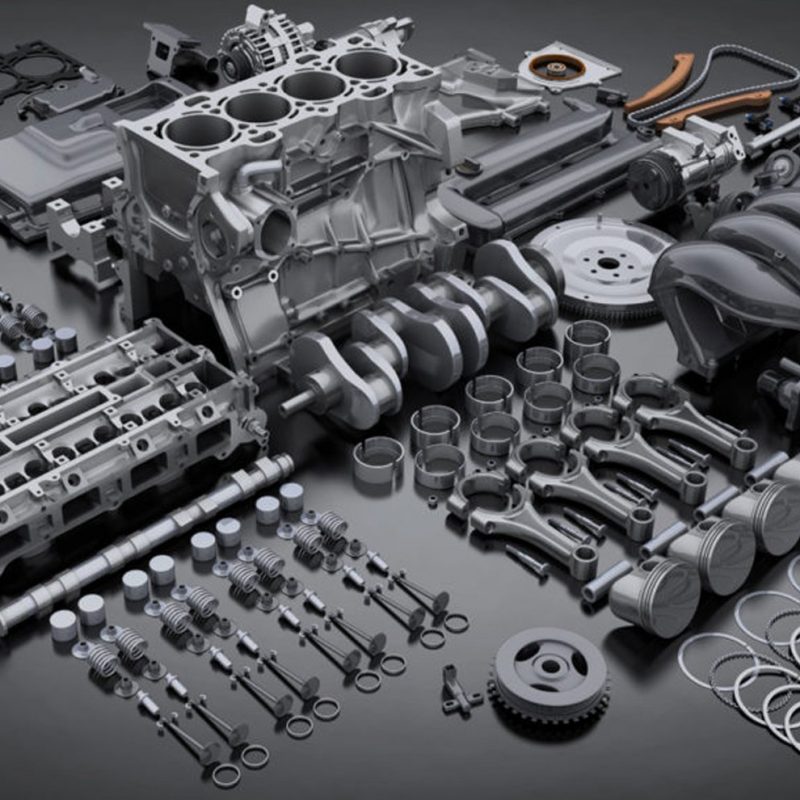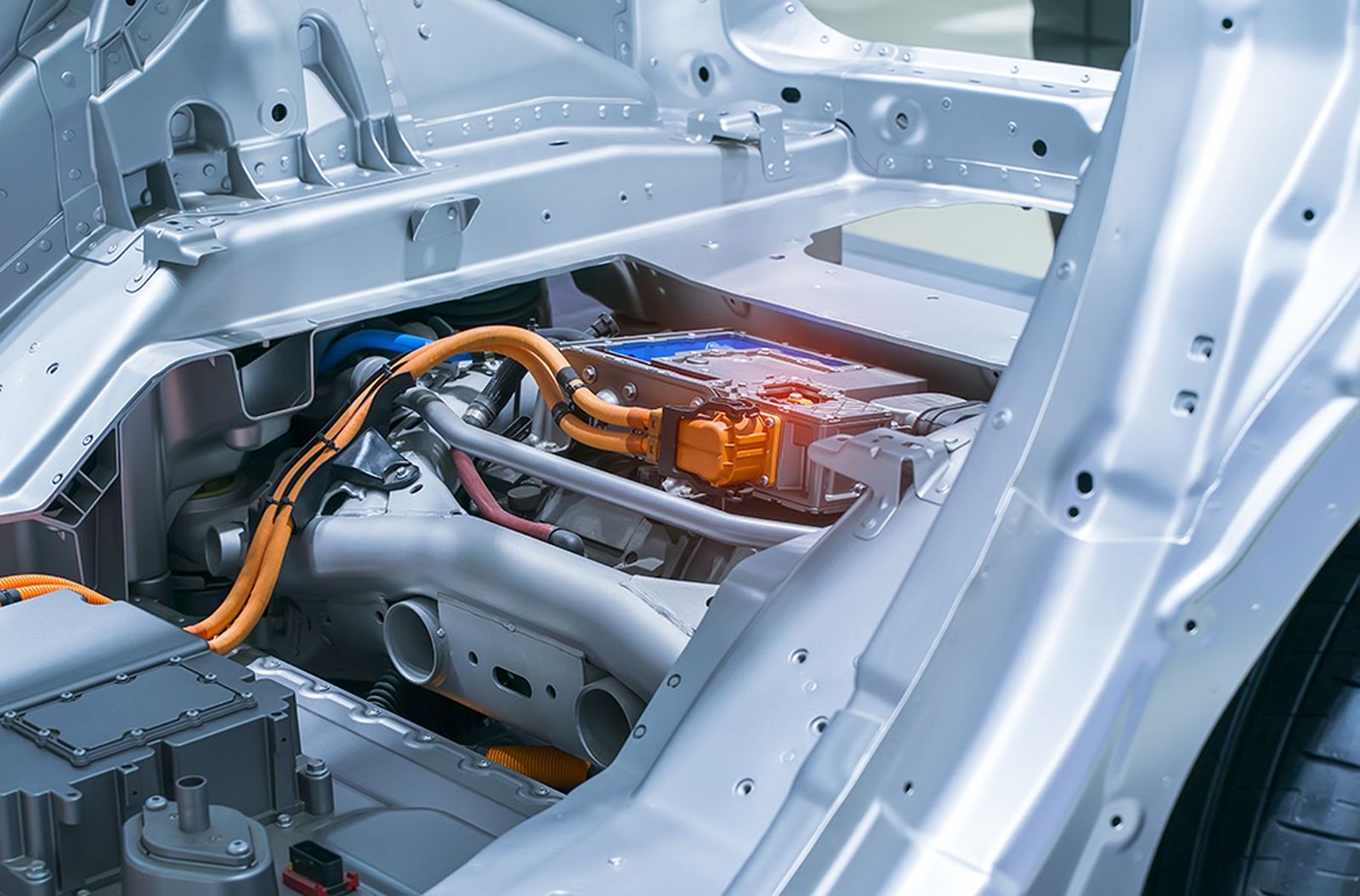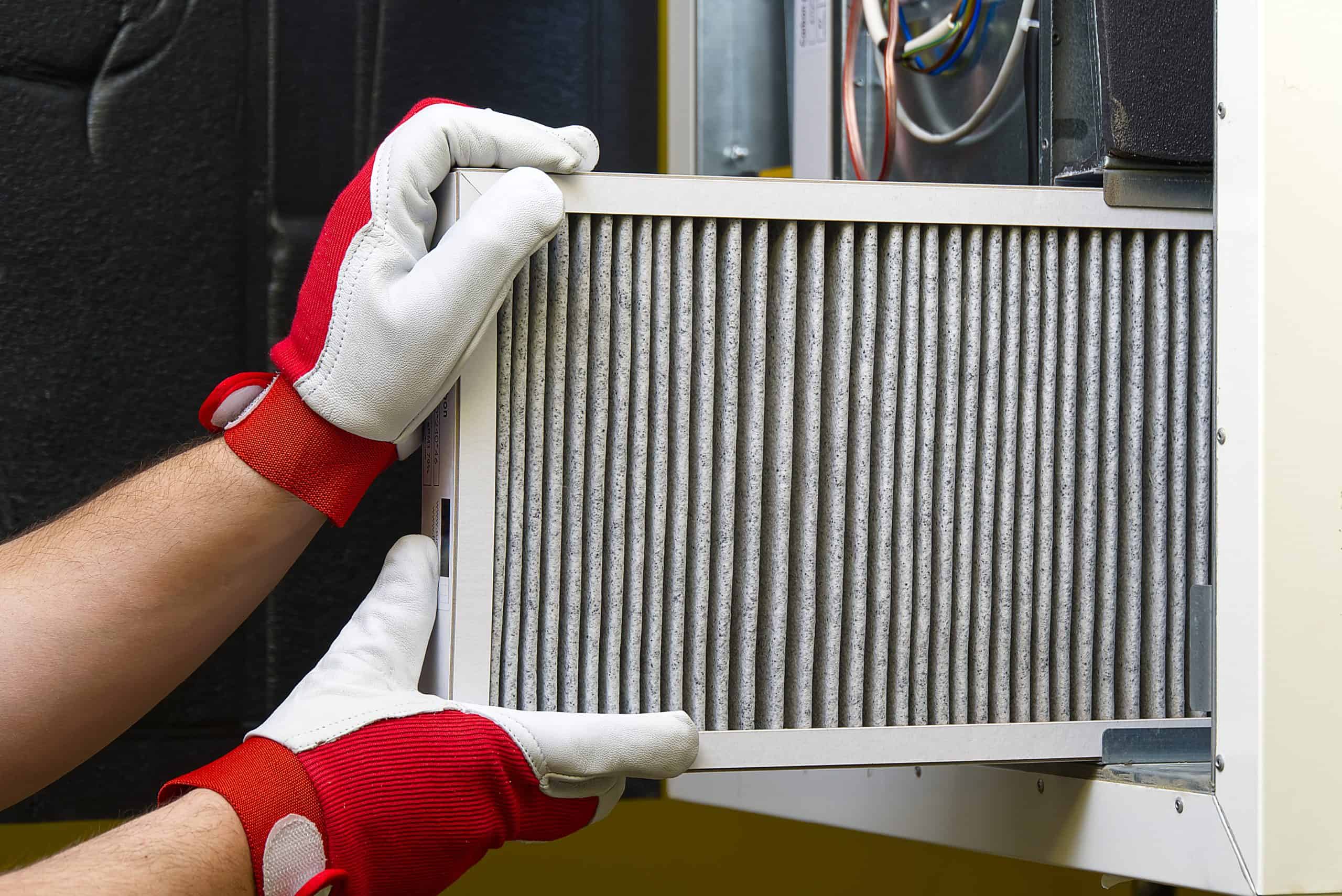A Beginner’s Guide to Heavy Vehicle Electrical System Parts
A Beginner’s Guide to Heavy Vehicle Electrical System Parts
Heavy vehicles, such as trucks and buses, have complex electrical systems that are responsible for powering the various systems and components within the vehicle. These electrical systems consist of several different parts that work together to ensure that the vehicle runs smoothly and efficiently. In this essay, we will provide a beginner’s guide to the heavy vehicle electrical system parts and how they function.
The first part of a heavy vehicle electrical system is the battery. The battery is responsible for providing power to the vehicle’s starter motor, which is used to start the engine. It also provides power to the vehicle’s electrical systems when the engine is not running. Heavy vehicle batteries are typically larger and more powerful than those used in passenger vehicles, as they need to be able to handle the additional electrical loads of the heavy vehicle.
Another important part of a heavy vehicle electrical system is the alternator. The alternator is a device that converts mechanical energy from the engine into electrical energy, which is used to charge the battery and power the vehicle’s electrical systems. The alternator also helps to regulate the voltage in the electrical system, ensuring that it remains at a consistent level.
The starter motor is also an important part of the heavy vehicle’s electrical system. It is responsible for turning the engine over when the driver turns the key or pushes the start button. The starter motor is connected to the battery and uses the electrical energy from the battery to turn the engine over. It is also a very powerful motor which requires high ampere to start the engine.
Another important part of the heavy vehicle electrical system is the voltage regulator. This device is responsible for ensuring that the voltage in the electrical system remains at a consistent level. It does this by adjusting the amount of electrical energy that is produced by the alternator. This helps to prevent damage to the electrical system and ensures that the vehicle’s systems and components are operating correctly.
The fuse and circuit breaker are also an important part of the heavy vehicle electrical system. They are used to protect the electrical system from damage caused by electrical surges or shorts. Fuses and circuit breakers are devices that are placed in the electrical system to protect it from damage caused by overloading. They work by automatically cutting off the electrical power to the system when the current becomes too high.
The wiring harness is also a crucial part of the heavy vehicle’s electrical system. It is responsible for connecting all of the electrical systems and components of the vehicle. The wiring harness is made up of several different wires that are bundled together and run throughout the vehicle. These wires carry the electrical power and signals that are needed to operate the vehicle’s systems and components.
Finally, the last component of the heavy vehicle electrical system is the electronic control module (ECM). This device is responsible for controlling the various systems and components of the vehicle. It receives signals from sensors throughout the vehicle and uses this information to control the operation of the systems and components. The ECM also stores diagnostic information that can be used to troubleshoot problems with the vehicle.
In conclusion, a heavy vehicle’s electrical system is made up of several different parts that work together to ensure that the vehicle runs smoothly and efficiently. The battery, alternator, starter motor, voltage regulator, fuse and circuit breaker, wiring harness, and electronic control module are all crucial components of the heavy vehicle electrical system that play an important role in the vehicle’s operation. Understanding the different parts of the heavy vehicle electrical system and how they function can help to ensure that heavy vehicles are safe and reliable on the road.








